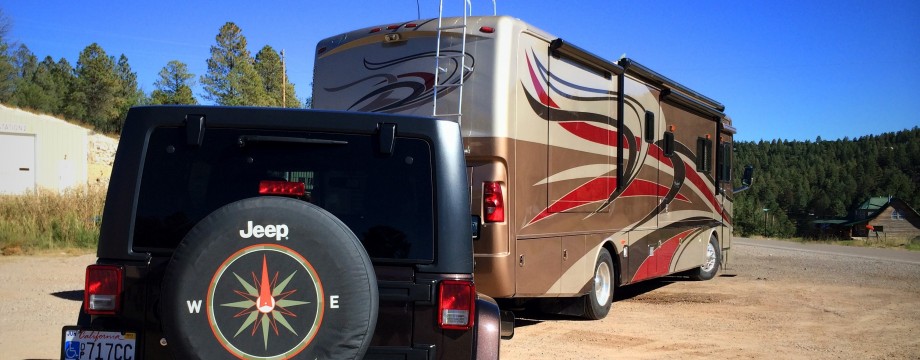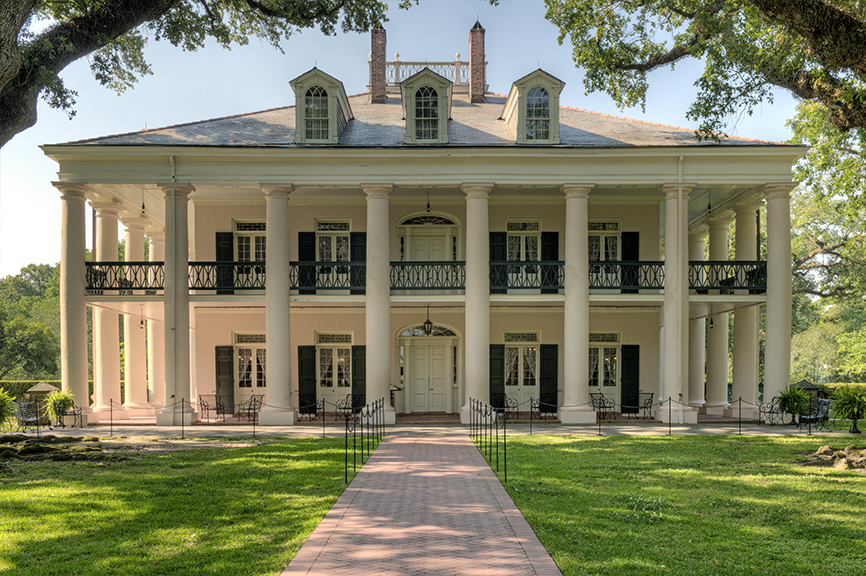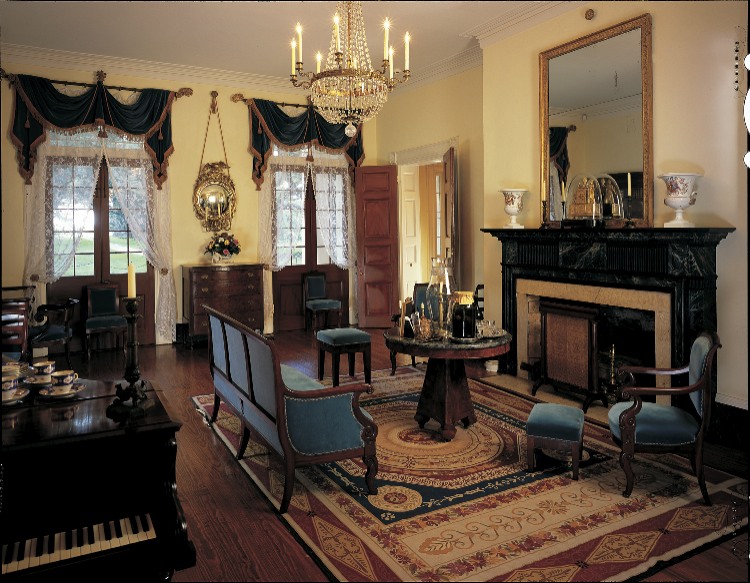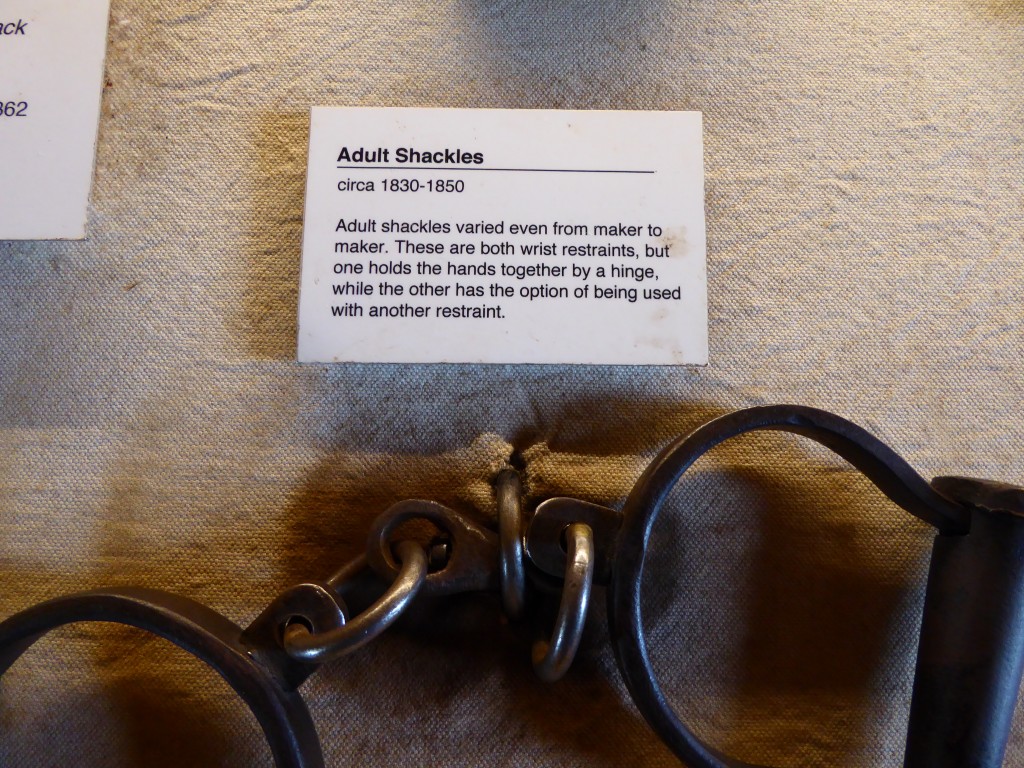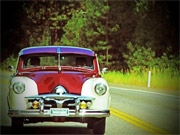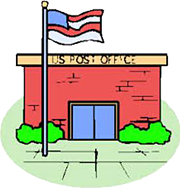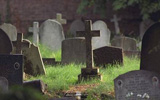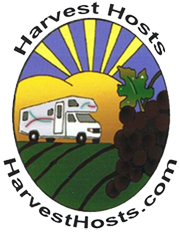APRIL 8, 2015
PLANTATION COUNTRY. Plantations in the Baton Rouge area supported by enslaved house servants and field workers fueled Louisiana’s economy for many years before the Civil War and emancipation. We toured an elaborate and beautiful antebellum mansion and experienced what life was like at these centers of massive cotton, sugar cane and rice plantations. Behind the scenes, we also had a glimpse of the institution of slavery in the deep south and how only by the dehumanization of slaves was this era of American history even made possible. It’s unpleasant to trace the actual steps of the slaves at Oak Alley…to see where they lived and lay eyes on the restraints and whips used to punish them. But ignoring the past doesn’t erase it. Nor does it provide an opportunity to learn from it. We must apply our knowledge about it to confront prejudice and discrimination as it exists in our world today.
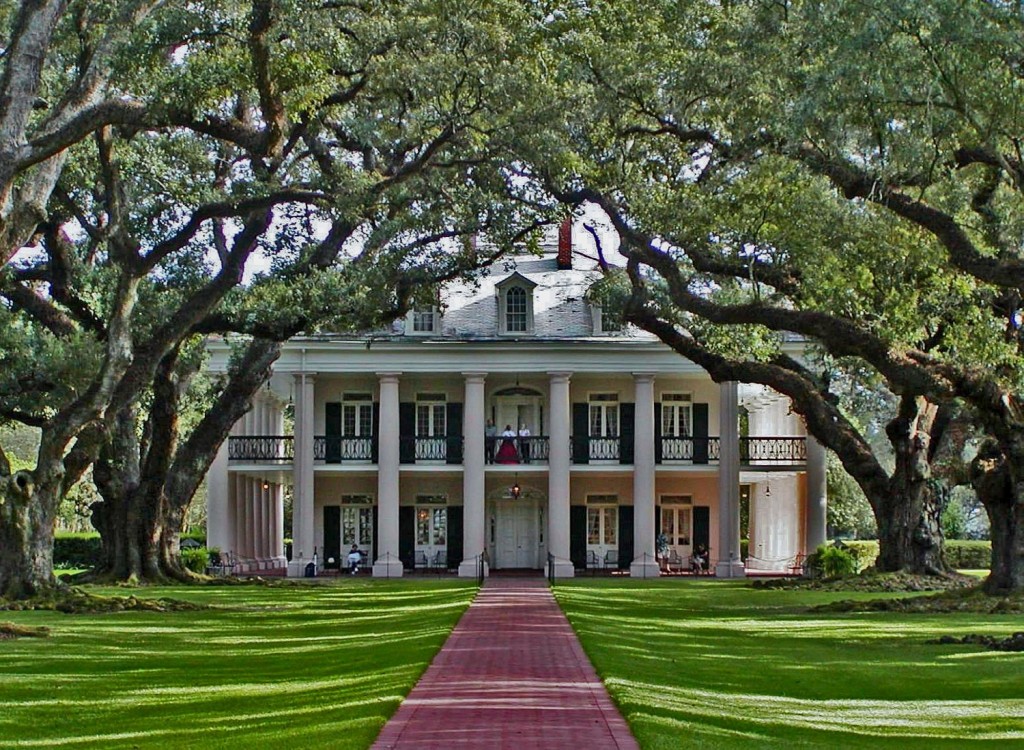
Our tour of Oak Alley Plantation was top notch! Docents in period costumes were very knowledgeable and entertaining. We were free to roam around the grounds as we wished.
THE GRANDE DAME OF GREAT RIVER ROAD. One of the highlights of our visit to Baton Rouge was today’s day-trip to see Oak Alley Plantation. Located on Great River Road in the little town of Vacherie, the house occupies a beautiful piece of property on the banks of the great Mississippi River. It is one of the finest examples of an antebellum plantation in the entire southern United States. It is named after its distinguishing feature…an alley or canopied path created by a double row of live oak trees which run between the house and the Mississippi River.
A LITTLE HISTORY. The plantation was established in 1830 to grow sugar cane. The mansion itself was built entirely with enslaved labor and was completed in 1839. Although the plantation was not physically damaged during the Civil War, the economic distractions of the war and the end of slavery made it no longer economically viable to operate. The buildings gradually fell into disrepair, but they were extensively restored and modernized by a new owner in 1925. In 1972 the last owners to live in the residence donated it to the Oak Alley Foundation, which now presents it as a public attraction and prime example of antebellum life and times in the state of Louisiana.
THE MANSION AND GROUNDS. The house has a square floor plan, organized around a central hall that runs from the front to the rear on both floors. The rooms have high ceilings and large windows. Constructed of bricks made on site, the exterior walls are finished with stucco and painted white to resemble marble. The grounds are spectacular. A formal garden separates the mansion from the garage, where antique cars are on display. A blacksmith shop and family graveyard surround the mansion.
MY PHOTOS OF THE MANSION AND THE GROUNDS.
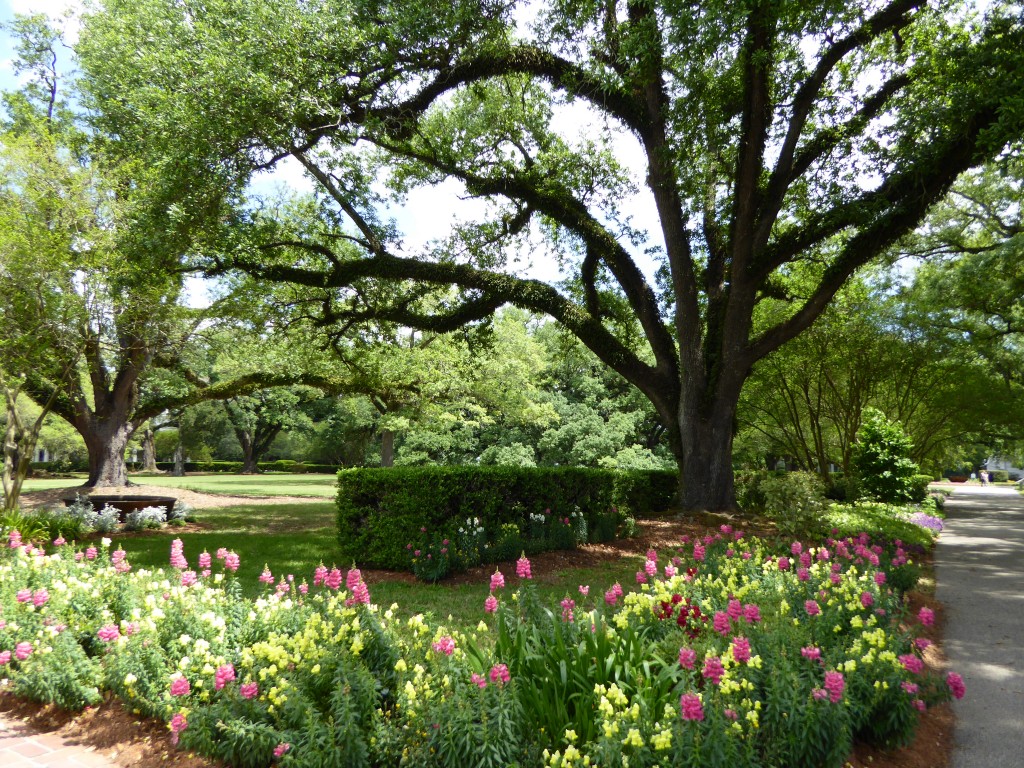
We parked the Jeep near here and walked to the mansion down the path you see at the right side of my photo. The grounds are strikingly beautiful.
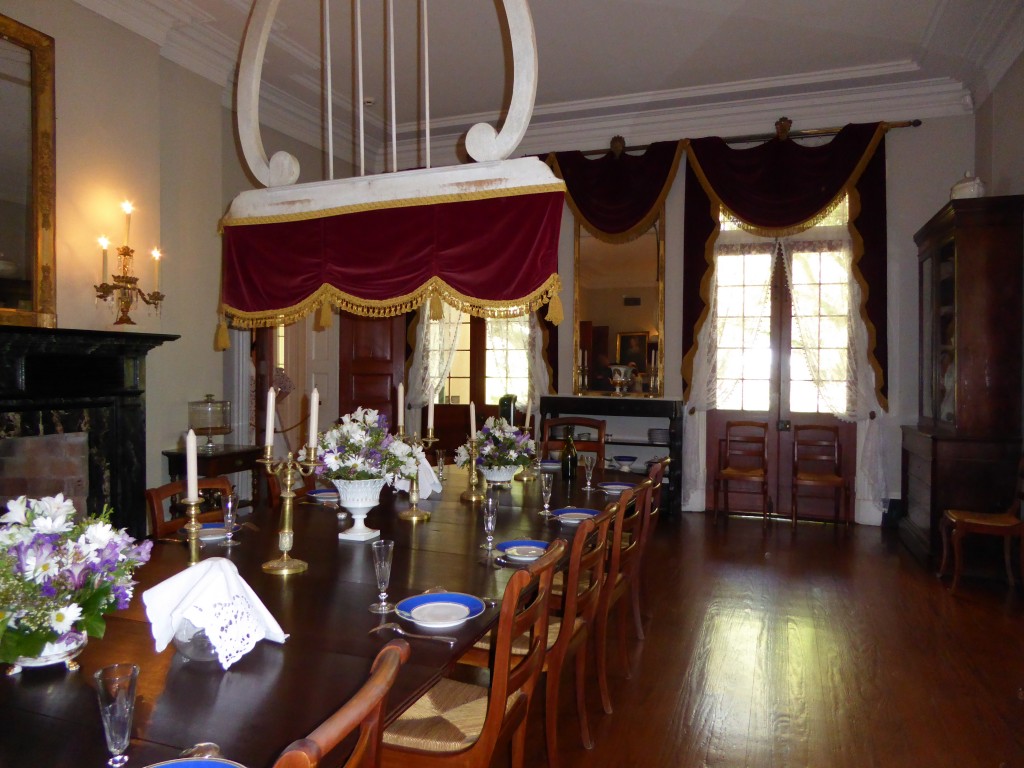
The dining room. All of the food was prepared off site and brought by servants to the mansion to be served. It was too hot and humid to have the heat of a kitchen inside the house. And, do you see that tapestry-looking-piece hanging above the table? It is a “fan” which a servant pulled back and forth from the side of the room, to help keep the dinner guests comfortable.
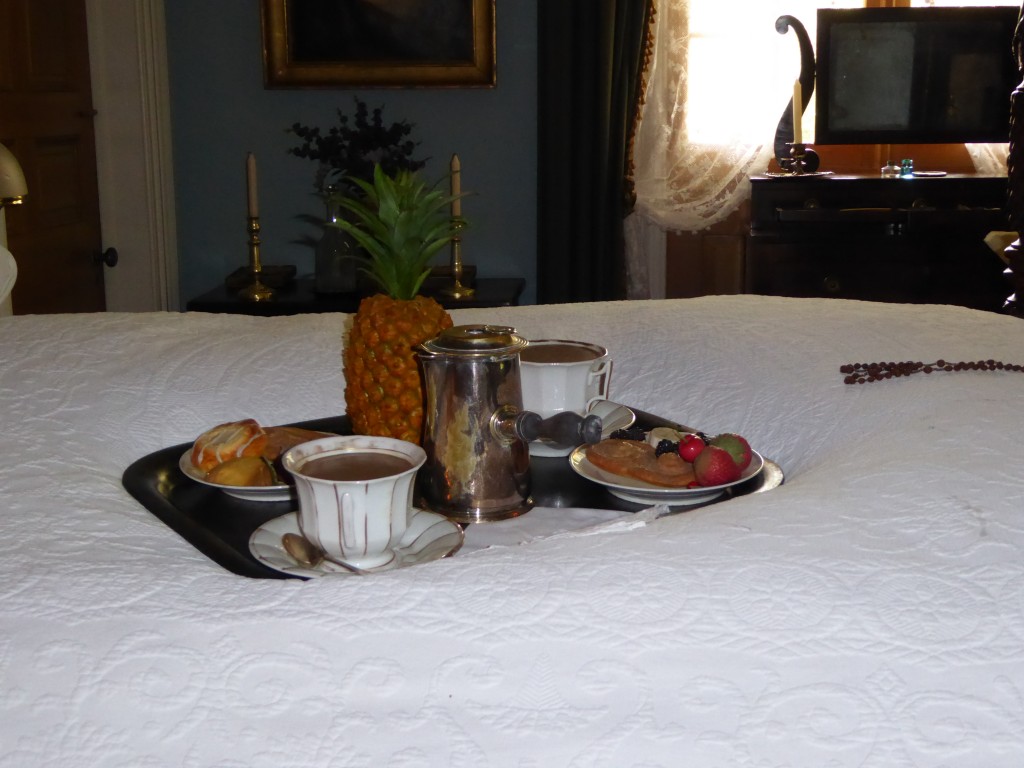
Breakfast was often served the owners’ bedroom. Pineapple had to be imported and was very expensive. Being able to have it on the menu was a sign of affluence.
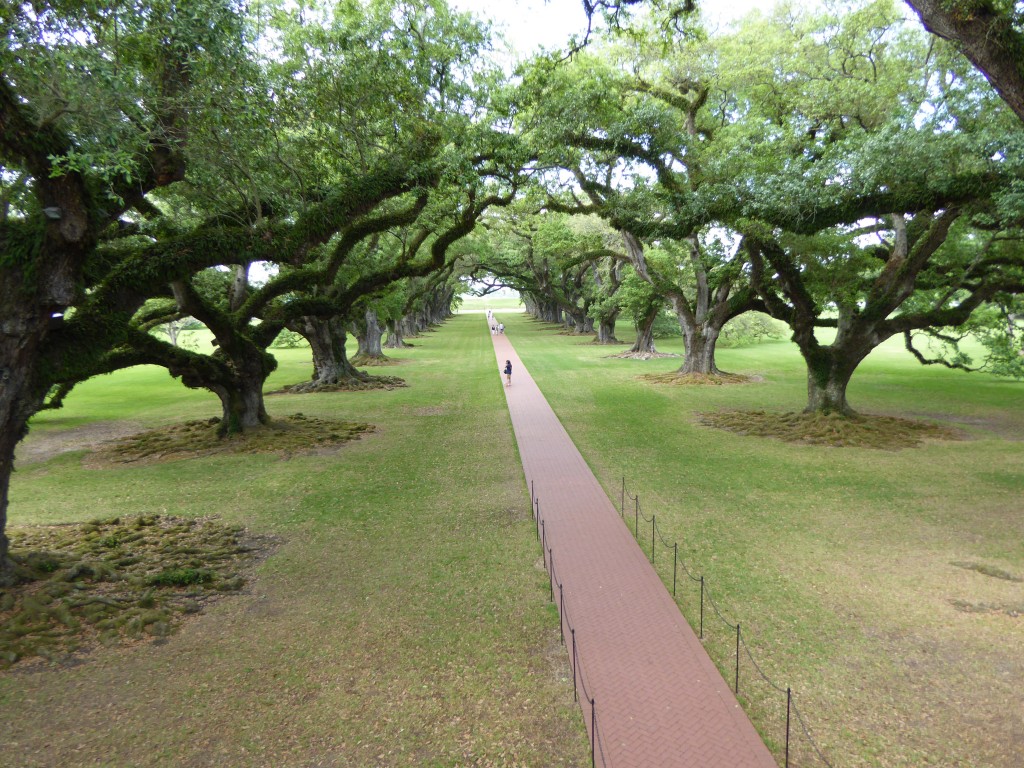
This is the view from the second story balcony of the house. The path leads under the canopy of 300 year old oak trees directly to the Mississippi River. Thus the name of the plantation, “Oak Alley.”
SLAVERY AT OAK ALLEY. An educational exhibit called “Slavery at Oak Alley” is housed in six reconstructed slave cabins on the property. It explains the history of slavery at the plantation, from the early 1800’s through emancipation. But this exhibit is just a recent addition to the plantation. It’s hard for me to understand how such an important topic could have been neglected so long. Perhaps I’m not giving enough credit, but I suspect millions of visitors before us marveled at the beauty of the mansion and the opulence of its furnishings without ever giving a second thought to the institution of slavery and how it supported and sustained this lifestyle. And at what cost. It’s about time the curators of Oak Alley completed the attraction. Better late than never.
MY PHOTOS OF THE SLAVE QUARTERS, AND EXHIBITS.
My photos of the slave quarters are in stark contrast to the beauty and opulence seen in the pictures of the mansion. At one time there were 200 slaves at Oak Alley. As many as ten lived in each of the slave shacks. The field hands had the most brutal job on the plantation. They toiled in the sugar cane fields for about 14 hours a day, and were punished if their performance didn’t meet the standards set by the plantation owners. Slaves were property. They were bought and sold. Some of these photos are disturbing. But we need to view them.
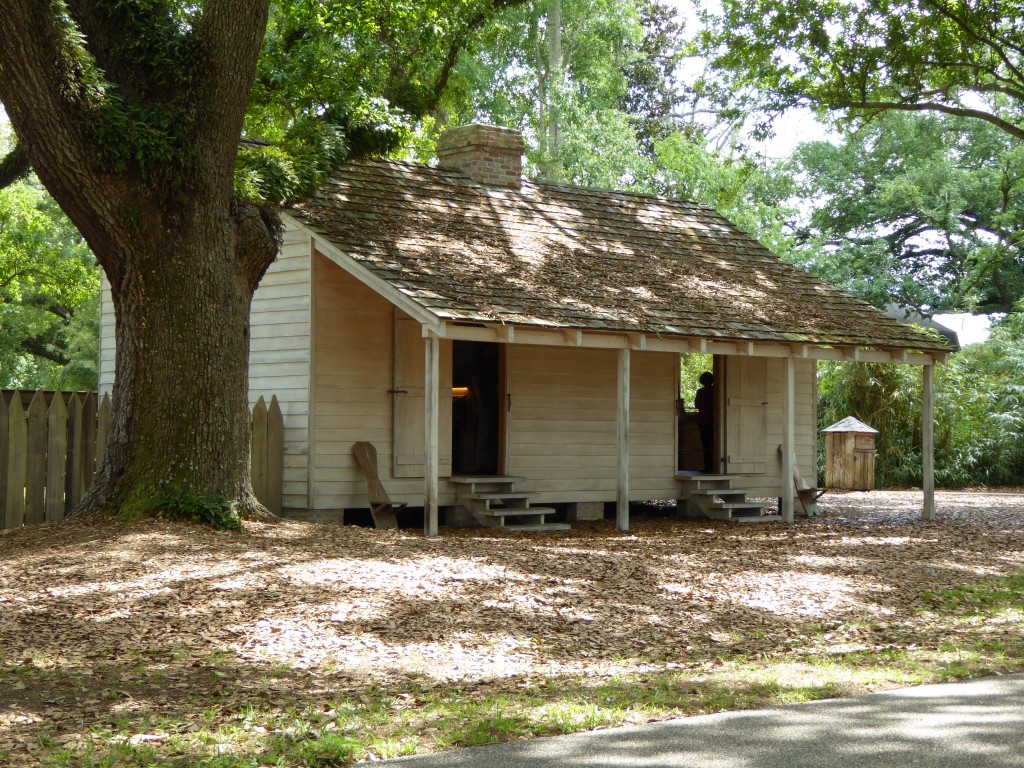
Two families…as many as ten adults and children, occupied each of these shacks. There is no plumbing and of course no electricity.
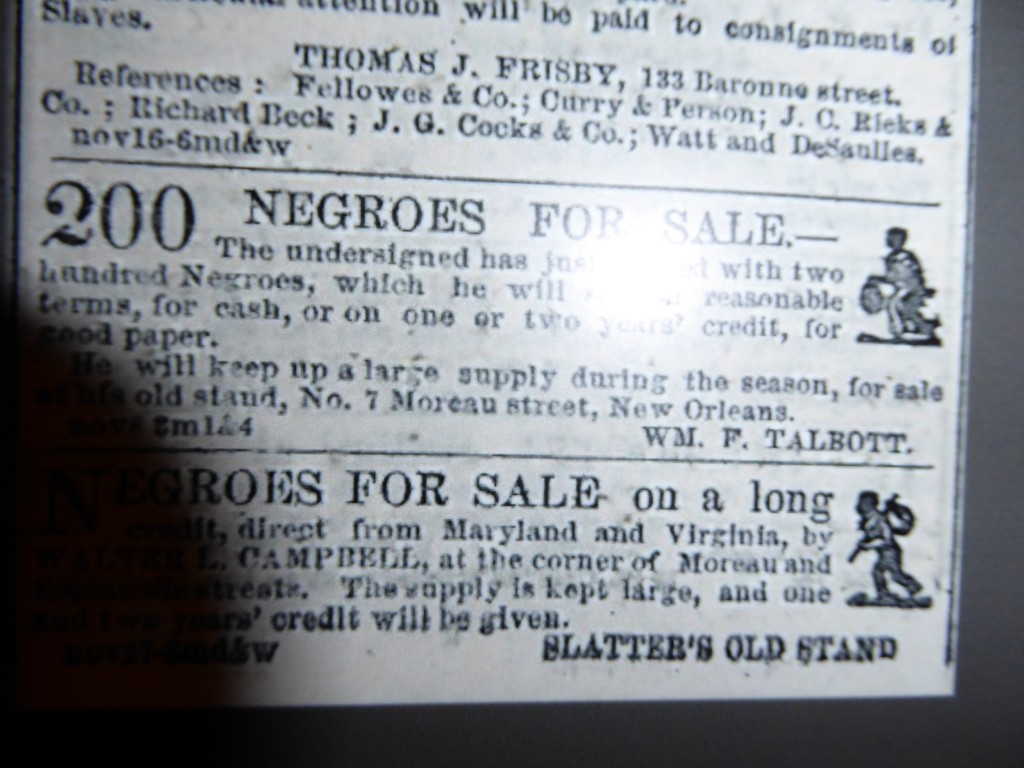
I know. I know. This photo is overexposed and I couldn’t get rid of the reflection. But…I wanted you to see these real newspaper classified ads with your own eyes. If I’d just written about this , I doubt you’d have taken away the same feelings I suspect you’re experiencing right now.
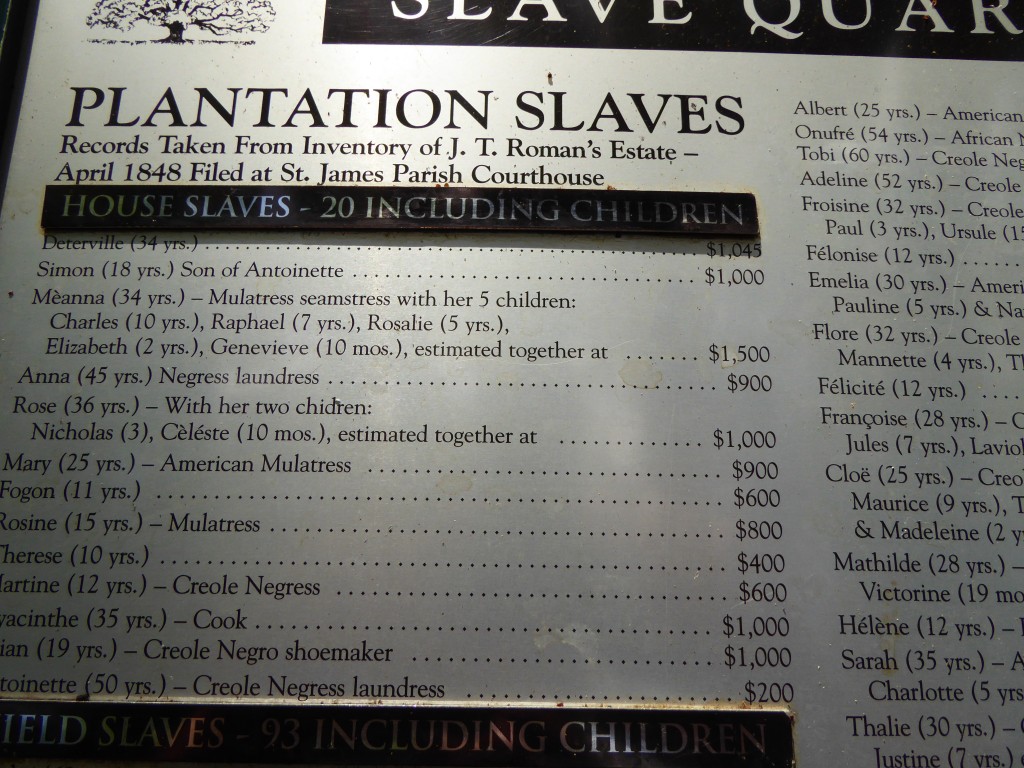
Slaves were property. They were carried on the books as inventory, just like farm equipment or livestock.
AND TIME TO REFLECT.
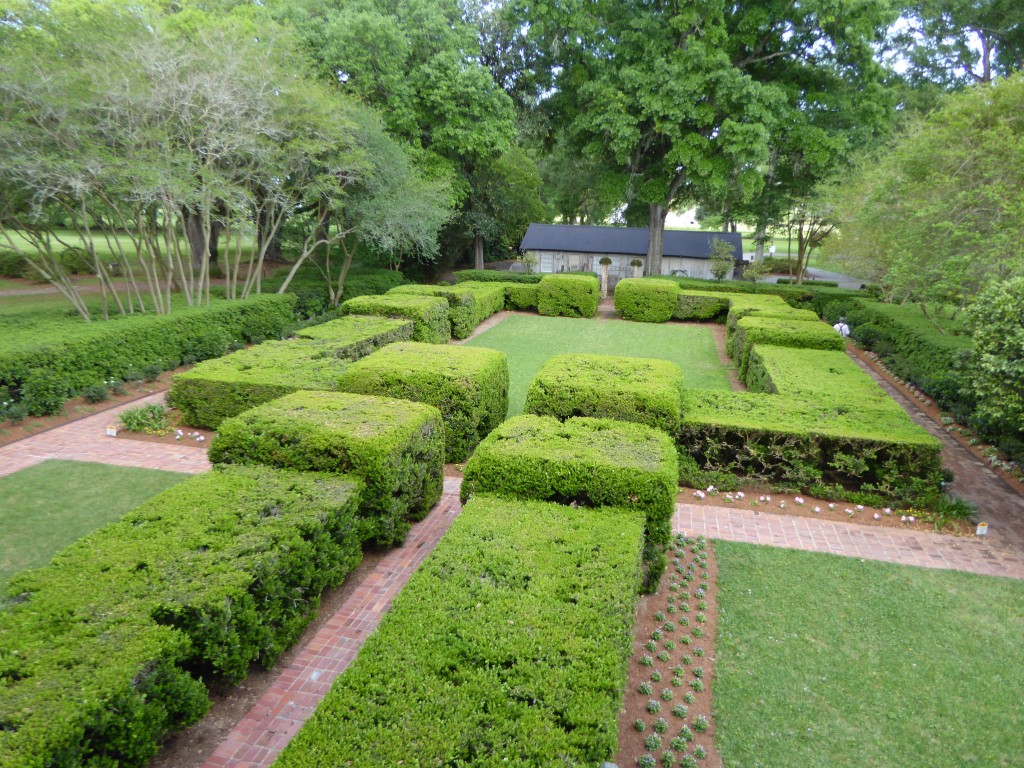
I spent a few minutes at the end of the day in the formal garden area, and had a chance to reflect on the interactive history lesson that was our visit to the Oak Alley Plantation. Time well spent!
Wasn’t this interesting? Admit it…you learned some things you didn’t know just the day before yesterday, didn’t you? Kind of like being home-schooled, right? Stick with me! I’ll try to keep things interesting as we continue our travels. And I know, I’ve been promising to post some pictures of live alligators for you while we’re here in the deep South. I haven’t forgotten…just haven’t crossed paths with one yet. But guess what? Our next stop is New Orleans and we’re planning to go on one of those boat swamp tours. You know, the tours where you ride in one one of those boats powered by a giant fan on the back of the boat. Surely I’ll be able to show you an alligator picture from the tour. Maybe even one of those poisonous snakes hanging from the trees in the swamp. I’ll do my best. Don’t miss it.
COME BACK AND VISIT US AGAIN SOON. OUR ADVENTURE CONTINUES.


